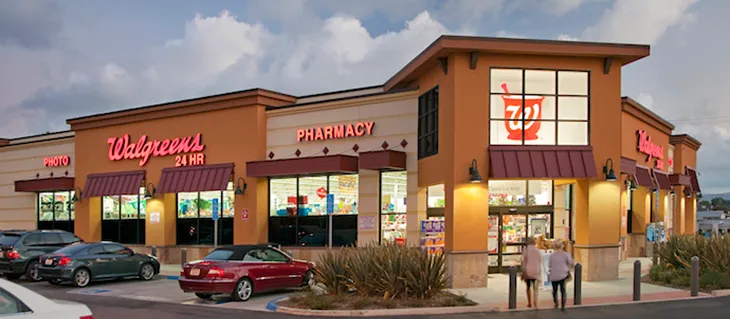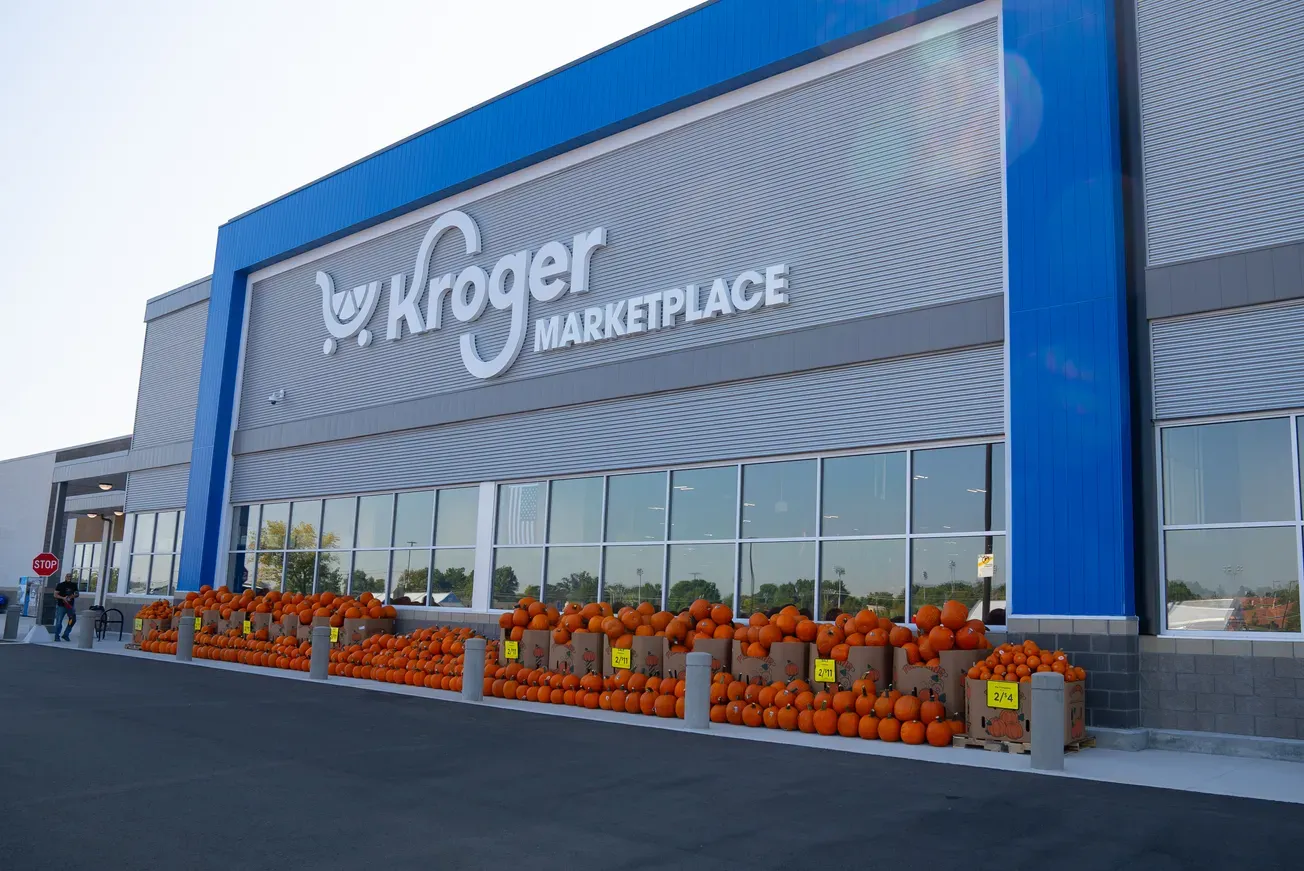No one knows for certain what the new year will bring for chain pharmacy operators. Prognostications about the course that the industry would take made at the start of 2020 were swamped by the arrival of COVID-19 and the role that pharmacies were subsequently called on to play in combating the disease (a contribution for which they have yet to receive adequate recognition). There are, however, three developments that can be counted on to command the attention of those in the sector, barring the emergence of another event commensurate with the pandemic.

Accelerated by the fight against COVID — when pharmacies immediately set about leveraging their presence in communities across the country to help test and vaccinate the population — the metamorphosis of entities once focused primarily on dispensing prescription medications into multifaceted health care providers continues apace. Indeed, with a growing number of pharmacies offering immunizations, routine diagnostic tests and primary care, it is debatable whether the term pharmacy sufficiently reflects what’s available — in store, through digital means and even in the home.
Big pharmacy operators are moving with alacrity to augment their capabilities. CVS Health — which ignited the drive toward diversification in the sector with the 2007 acquisition of Caremark Rx, one of the nation’s largest pharmacy benefits managers, and the purchase of health insurer Aetna a little more than a decade later — continues to extend its reach. As readers of the Health Care Provider of the Year story on page 1 already know, CVS has agreed to buy Signify Health. Announced last fall, the deal will give the company important new tools in value-based care, health risk assessments and provider enablement.
Other long-established pharmacy operators are staking a claim in the broader health care space. Late last year, Walgreens Boots Alliance augmented its presence in primary care when VillageMD, the value-based care provider controlled by WBA, struck a deal to buy Summit Health-CityMD, increasing its network to some 700 locations in 26 markets. In addition, Summit Health-CityMD has extensive experience in multi-specialty care. Earlier in the year, WBA moved to take full control of specialty pharmacy Shields Health Solutions and CareCentrix, which focuses on post-acute care.
Relative newcomers in health care are also upping the ante. Amazon, which entered the pharmacy business in 2019 with the purchase of PillPack, last year acquired One Medical, a technology-driven provider of primary care. It followed that up by launching Amazon Clinic, which connects people suffering from 20 routine medical conditions with providers of virtual care.
The drive to construct new health care ecosystems — which is not limited to CVS, WBA and Amazon — won’t abate in coming months. If anything, competition for prime assets is likely to intensify and spur further mergers, acquisitions and partnerships.
Technology’s role as a catalyst in both health care and retailing is another development that will be a focal point for chain pharmacy executives. Their thinking will range from such operational enhancements as central fill and central processing, in a bid to free pharmacists and technicians to spend more time with patients, to apps and other digital tools that give consumers access to services whenever and wherever they need them.
In addition, technology makes the omnichannel options and seamless retail experience expected by customers possible. It will also provide the key to personalization, a powerful means to forge lasting relationships with patients and consumers.
Efforts to recast health care delivery and leverage technology to improve efficiency and better communicate with customers won’t occur in a vacuum. Management teams at the big pharmacy chains must contend with a high degree of economic uncertainty. Although there have been some recent signs of moderation, the inflation rate is high; interest rates are also elevated and likely to remain so for the foreseeable future. At some point, those factors could begin to constrain consumer spending. The industry also has to deal with a tight labor market and the resulting upward pressure on compensation, as well as theft, which the National Retail Federation reports costs merchants almost $100 billion a year.
How effectively chain pharmacies can navigate the tricky economic waters and deploy technology will impact their ability to achieve the overarching goal of revamping health care. All three factors are sure to command the attention of executives during the coming months.









